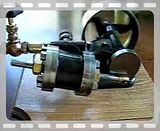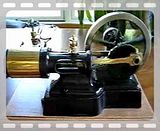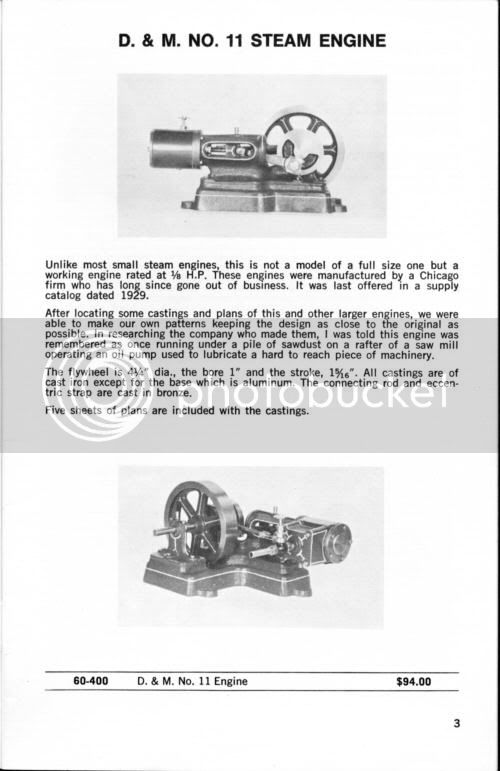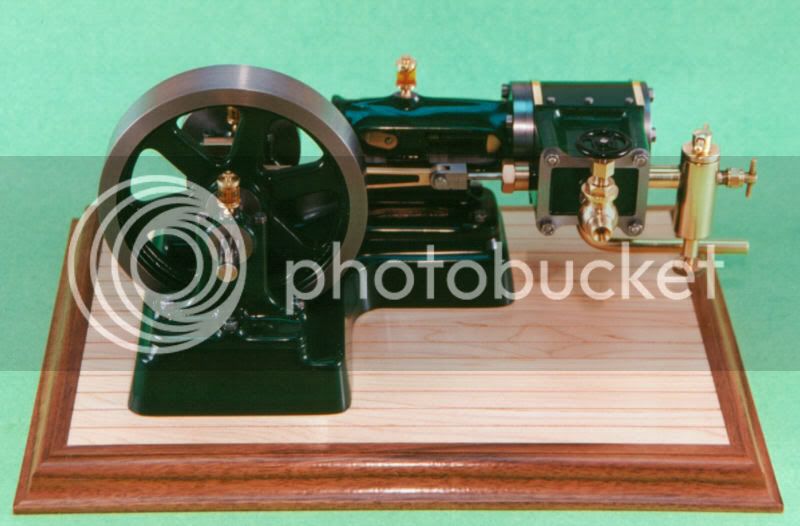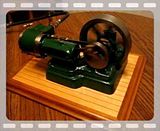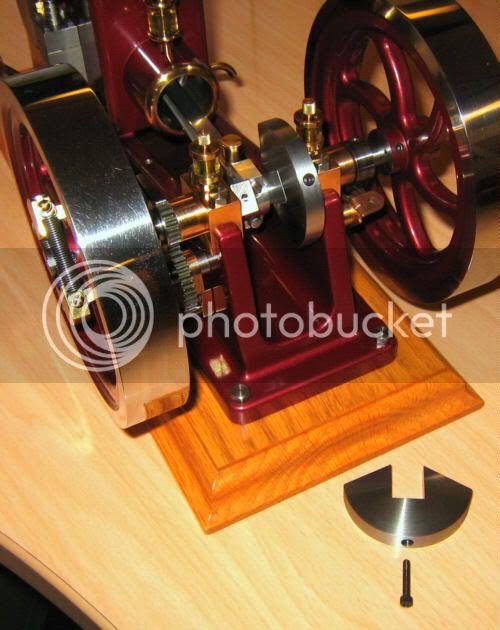Chuck, that's a neat idea!
The method I've used is based on an old article in "Strictly I.C." magazine, by Richard Condon. Basically it states that, for the lowest bearing load and minimum vibration, you want to counterbalance all of the rotating weight + 1/2 of the reciprocating weight (you need an accurate scale for this):
1) Weigh the big end of the connecting rod (place the crank-end on the scale, whilst the piston-end rests on a fixed surface)
2) Weigh the crank bearing (if there is one)
3) Add the above two weights to equal the Total Rotating Weight (TRW)
4) Weigh the piston, pin, and ring(s) to equal Reciprocating Weight (RWT)
5) Weigh the connecting rod (without bearing) to equal Weight of Connecting Rod (WCR)
6) Receprocating Weight (WR) = WCR + RWT - TRW
7) Balance Weight (P) = .5(WR) + TRW
With the crankshaft (or crankshaft-flywheel assembly) resting on knife edges, hang a weight equal to P from the crank pin. The crank assembly should balance the weight. If not, apply weights, drill holes, etc. to achieve balance. That's it.
On my Odds'n Ends engine, I elected to do three things to balance the crank:
1) Made bolt-on counterweights for the crank:
2) Drilled out the crank pin, and
3) Chamfered the crank throws:
There is definitely some trial-and-error involved in getting the crank to balance the P weight. If you know Statics, and calculating density of materials, you should be able to save some time here.
It worked like a charm for me -- on several engines.
Paula
